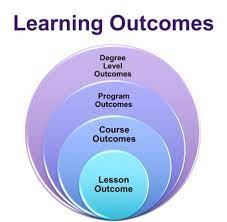
Key Learning Outcomes
At the end of this unit you will be able to:
1. Explain the meaning of health
2. List common health problems
3. Discuss techniques for preventing common health problems 4 Explain the meaning of Health Hygiene
5. Know the purpose of Swacch Bharat Abhiyan
6.
Explain the meaning of habits Discuss ways to create a safe work environment
8. Discuss key safety habits that employees should follow
9. Explain the importance of self-analysis
10. Understand the motivation using Maslow’s Hierarchy of Needs
11 Discuss the meaning of achievement motivation
12.
List the characteristics of a successful-motivated entrepreneur
13. List the different factors that motivate you
14 Discuss how to maintain a positive attitude 15 Discuss the role of attitude in self-analysis
16. List your strengths
17 Discuss the characteristics of an honest person
18 Describe the importance of honesty to an entrepreneur 19 Discuss the elements of a strong work ethic
20. Discuss how to promote a good work ethic
4 of 4 Size 4 Creative Traits 4 22 List Height Traits of Innovative People
23.
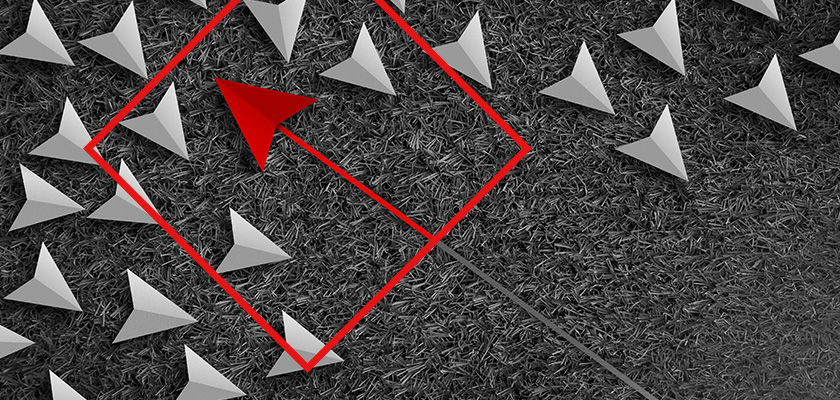
Discuss the benefits of time management
24. List the characteristics of effective time managers
25. Describe effective time management skills
26. Discuss the importance of anger management
27 Describe 4 Anger Management Strategies 4 4 Discuss 4 Tips for Anger Management8 Management
29 Causes of Stress 30. Discuss Symptoms of Stress
31 Discuss Tips for Stress Management
32 Identify the basic components of a computer
33.
Recognize the basic elements of a keyboard
34 Recall basic computer terminology 35. Recall basic computer terminology
36 Recall basic computer key functions
37 Discuss the main applications of MS Office
Discuss benefits of Microsoft Outlook 3.
39 Discuss the different types of e-commerce
40 List the benefits of e-commerce for retailers and customers
41 Explain how the Digital India campaign will help boost e-commerce in India
42 Explain how you will sell your e-commerce platform products or services
43 Discuss the importance of saving money 44 Discuss the benefits of saving money
45 Discuss the main types of bank accounts

46 Describe the process of opening a bank account
4 Different 4 444 Between fixed accounts and variable costs
48. Describe the main types of investment choices
49. Describe the different types of insurance products 50 .
Describe the different types of taxes
51 Discuss the use of online banking services
52 Discuss the main types of electronic funds transfers
53 Discuss interview preparation steps
54 Discuss efficiency 44 Summarize the steps
55 Discuss the most common Interview Questions
56. Discuss how to answer the most common interview questions
57 Discuss basic tailor shop terminology
58. Discuss of the concept of starting a business
4 9 Starting a business.
Discuss the importance of entrepreneurship
60. Describe the characteristics of entrepreneurs
61 Describe different types of businesses
62 List the characteristics of effective leaders
63. Discuss the benefits of effective leadership 44 44 44 46 Effective Teams
65 Discuss the importance of effective listening
66 Discuss how to listen effectively
67 Discuss the importance of speaking effectively
68. Discuss how to speak effectively
444 444 444 444 444 444 444 444 Important characteristics of problem solving

71 Discuss evaluation Methods of problem solving
72 Discuss the importance of negotiation
73 Discuss how to negotiate
74 Discuss how to identify 4 business opportunities 4 7 Identify opportunities 4 4 opportunities. Your company
76.
understand what it means to be an entrepreneur
77 describe the different types of entrepreneurs
78 list the characteristics of an entrepreneur
79 remember entrepreneurial success stories
80 discuss the entrepreneurial process
8 discuss government
the role of government in entrepreneurship
Ecosystems
83 Discuss the current entrepreneurial ecosystem in India
84 Understand the purpose of the Make in India movement
85 Discuss the relationship between entrepreneurship and risk appetite
86. 87 Describe the characteristics of entrepreneurs
88 Discuss how to handle failure
89 Discuss how to conduct market research
90. Describe the 4Ps of marketing
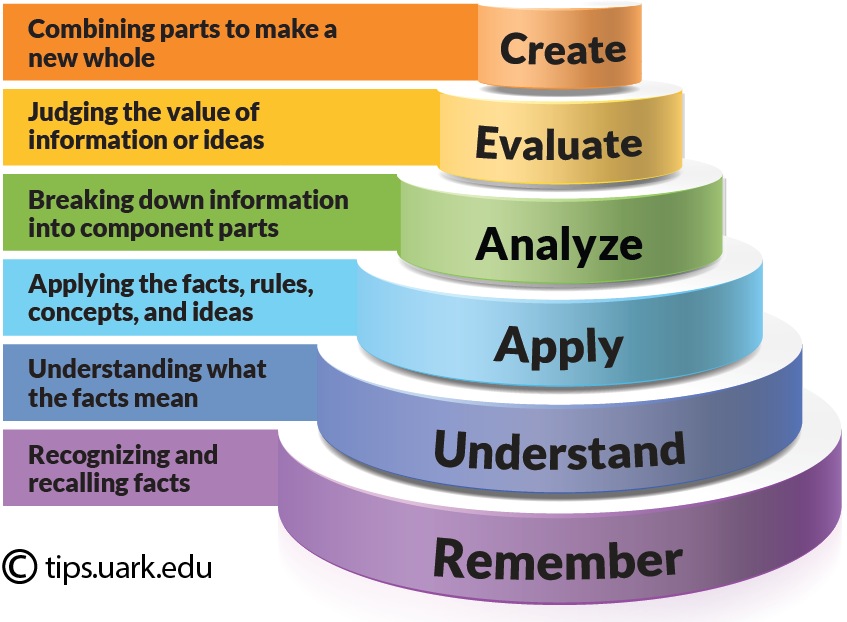
91 Importance of ideas
91 Discuss
91 Basic business terms
91 for CRM
94. Discuss the benefits of C RM
95. Discuss the needs of the network
96.
Discuss the benefits of networking
97 Understand the importance of goal setting
98 Distinguish between short, medium and long term goals
99 Discuss writing a business plan.
100. Explain the financial planning process. ask for
Personal Strengths and Value Systems
Unit 4 Objectives
By the end of this unit you will be able to:
1.
Explain the meaning of health
2. List common health problems
3 Discuss tips for preventing common health problems
4. Explain the meaning of hygiene
5. Understand the purpose of Swacch Bharat Abhiyan
6 Explain the meaning. Habit
7.
Discuss ways to create a safe work environment
8. Discuss key safety habits employees should follow
9. Explain the importance of self-analysis
10. Understand motivation to help Maslow’s hierarchy of needs
4
1 Discuss the meaning of motivation for achievement
12.
List the characteristics of a successful driven entrepreneur
13. List the different factors that motivate you
14. Discuss how to maintain a positive attitude
15. Discuss the role of attitude in self -analysis
6444 List your strengths and disadvantages
17.

Discuss the characteristics of honest people
18. Describe the importance of honesty to entrepreneurs
19. Discuss the elements of a strong work ethic
20. Discuss how to promote a good work ethic
4421. Creative people
22 .
List the characteristics of highly innovative people
23. Discuss the benefits of time management
24. List the characteristics of effective time managers
25. Describe effective time management techniques
26. Discuss the importance of time management 44 4 4 7 .
Describe anger management strategies
28. Discuss anger management techniques
29. Discuss causes of stress
30. Discuss symptoms of stress
31. Discuss stress management techniques
, Hagiene
, Hagiene: What is Health
According to the World Health Organization (WHO), health is “a state of physical, mental and social wholeness and not merely the absence of disease or infirmity.
“Health doesn’t just mean unhealthy, it means emotional calm and physical health. For example, you can’t say you’re healthy just because you don’t have a physical illness like a cold or a cough. You You should also ask yourself if you feel calm, relaxed and happy
Common health problems
Some common health problems are:
Allergies
.
Asthma
. Dermatology
. Depression and anxiety
. Diabetes
. Cough, cold, sore throat
.
Difficulty sleeping
. Obesity
Tips for preventing health problems
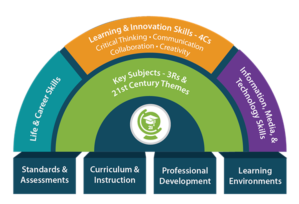
Taking steps to prevent ill health is always better than curing it.
You can stay healthy by eating healthy foods like fruits, vegetables and nuts. Cut down on unhealthy and sugary foods Drink enough water every day
. Don’t smoke or drink Exercise at least 30 minutes a day, 4-5 times a week
Get vaccinated if needed
Practice yoga and meditation exercises How many of these health standards do you follow? Check those that apply to you.
1. Sleep at least 7-8 hours a night.
2. Avoid checking your e-mails in the morning and before going to bed at night.
3.
Don’t skip meals – eat regularly at the right time.
4. Read a little each day. 5. Eat more homemade food instead of junk food
6.
Standing more than sitting.
7. Drink a glass of water first thing in the morning and at least 8 glasses of water throughout the day.
8. Regular visits to the doctor and dentist
9.
30 minutes of physical activity at least 5 days a week
10. Avoid drinking large quantities of soft drinks
What is hygiene?
According to the World Health Organization (WHO), “Hygiene refers to the conditions and practices that help maintain health and prevent the spread of disease. In other words, hygiene means s ‘ensure that you take all necessary steps to keep your environment clean in order to maintain, This way you can reduce the risk of spreading germs and illnesses. For example, consider your kitchen at home. Good hygiene means making sure that the kitchen is always clean, that the food is tidy, that the dishes are cleaned and that the bins are not filled with waste.
This will reduce the chances of attracting pests such as mice or cockroaches, and prevent the growth of fungi and other bacteria, which can spread disease. How many of these health standards do you follow? Check those that apply to you.
1. Bath or shower with soap every day and shampoo 2 to 3 times a week
2.
Wear a clean pair of underwear every day.
3. Brush your teeth in the morning and before bed.
4. Trim fingernails and toenails regularly.
5. Wash your hands with soap after using the toilet
6. If you sweat a lot, put antiperspirant deodorant under your armpits.
7. Wash your hands with soap and water before cooking or eating.
8. Stay home when you are sick so other people don’t get it.
9. Wash soiled clothing with laundry soap before wearing.
10.
Cover your nose with a tissue/hand when you cough or sneeze
Give yourself 1 point for each statement checked to see if you are healthy and hygienic! Next, check what your score means.
your score

. 0-7/20: You have to work harder to stay healthy and lean Create good habits every day,
See how good you feel!
.
7-14/20: Not bad, but room for improvement! Try to add good habits to your daily routine.
. 20/14-20: Well done! Keep up the good work!
Your body and mind will thank you!
Swachh Bharat Abhiyan
We discussed the importance of following good hygiene and health habits on our own. But this is not enough to keep us healthy and hygienic. We must also extend this standard to our homes, our environment and our nation as a whole.
Prime Minister Narendra Modi’s ‘Swachh Bharat Abhiyan’ (Mission to Clean India) launched on October 20, 2014 believes in this. The purpose of this mission is to clean the streets and roads of India and improve the general level of cleanliness.
At present, the task has covered 4041 cities and towns across the country. Our millions of people are committed to building a clean India. You too take an oath to do all you can to keep our country clean!
What is a habit?
A habit is a behavior that is repeated often. We all have good and bad habits.
Remember John Dryden’s quote “First we form our habits, then our habits make us, which is why it is so important to make good habits a way of life and to consciously avoid forming bad habits.
Some good habits you should develop Make exercise part of your routine:
. Always stay positive
. Make exercise part of your routine
. Read inspiring stories

. Smile!
Make a habit of smiling often
. Make time for family and friends
. Go to bed early and get up early
Some bad habits to break immediately
Skipping breakfast
. Eating often, even if you are not hungry
.
Eating too much fat and sweets
. Smoking, alcohol and drugs
. Paying
more than you can afford. Worrying about unimportant things
Staying up late at night
Advice
Following healthy and hygienic habits every day will make you feel good physically and mentally.
. Hygiene is two-thirds of your health – so good hygiene will help keep you strong and healthy!
Safety: Tips for Designing a Safe Sewing Shop
It is the duty of every employer to ensure that their sewing shop follows the highest possible safety procedures. When starting a business, business owners should call
.
Use ergonomic furniture and equipment to avoid bending and twisting
. Provide mechanical assistance to avoid lifting or carrying heavy objects
. Prepare protective equipment for hazardous work
. Designate emergency exits and ensure they are easily accessible
. Establish health codes and ensure they are enforced
.
Follow the practice of performing regular safety checks inside and outside the
seam. Ensure regular building inspections
. Get expert advice on sewing shop safety and follow negotiable employee safety practices
Every employer should ensure that their sewing facility follows the highest possible safety protocols. .Report the unsafe situation immediately to a supervisor at
. Identify and report safety hazards that can cause slips, trips and falls to
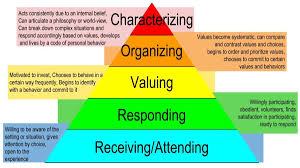

.
Report all injuries and incidents to a supervisor at
. Wear appropriate protective equipment
if necessary. Learn how to properly use the equipment provided for safety purposes
. Be aware of and avoid behaviors that may endanger others
. Take a break during the day and a short break during work
Tips
.
Adapt emergencies Pay attention to the emergency number to call
Perform regular evacuation drills to avoid chaotic evacuations
Self-analysis – attitude, performance motivation
To truly reach your full potential, you need to look at yourself people deeply and find out who you really are. This effort to know your personality is called selfansiya. Assessing yourself in this way will help you grow and help you identify areas within you that need to be developed, changed, or eliminated. By knowing your motivations, your behavior, your strengths and your weaknesses, you will be able to know yourself better.
What is Motivation?
Simply put, motivation is the reason why you act or behave in a certain way. It’s important to understand that not everyone is motivated by the same wants – people are motivated by many different things, and we can better understand this by looking at Maslow’s Hierarchy of Needs.
Maslow’s hierarchy of needs
The famous American psychologist Abraham Maslow wanted to understand what motivates people. He believes that people have five needs, from the most basic needs (called physiological needs) to the most important needs for personal growth (called self-actualization needs).
Between the physiological needs and the fulfillment needs are three other needs: the needs for security, the needs for belonging and love, and the needs for esteem. These needs are often presented in the form of a five-level pyramid, known as Maslow’s Hierarchy of Needs until those needs are met. Once they are achieved, we move on to the next level and are motivated by the needs of the next level. Let’s understand better with an example.
Rupa comes from a very poor family.
She never had enough food, water, warmth or rest. According to Maslow, Rupa doesn’t even think about the next level of needs – her security needs – until she is sure she will meet those basic needs. But once Rupa is convinced that her basic needs will be met, she takes it to the next level and her behavior is then driven by her need to feel safe. Once these new needs are met, Rupa will again level up, driven by her need for relationships and friends. Once this need is satisfied, Rupa will then focus on the fourth level of needs – her need for respect, after which she will move on to the fifth and final level of needs – the desire to reach her full potential.






